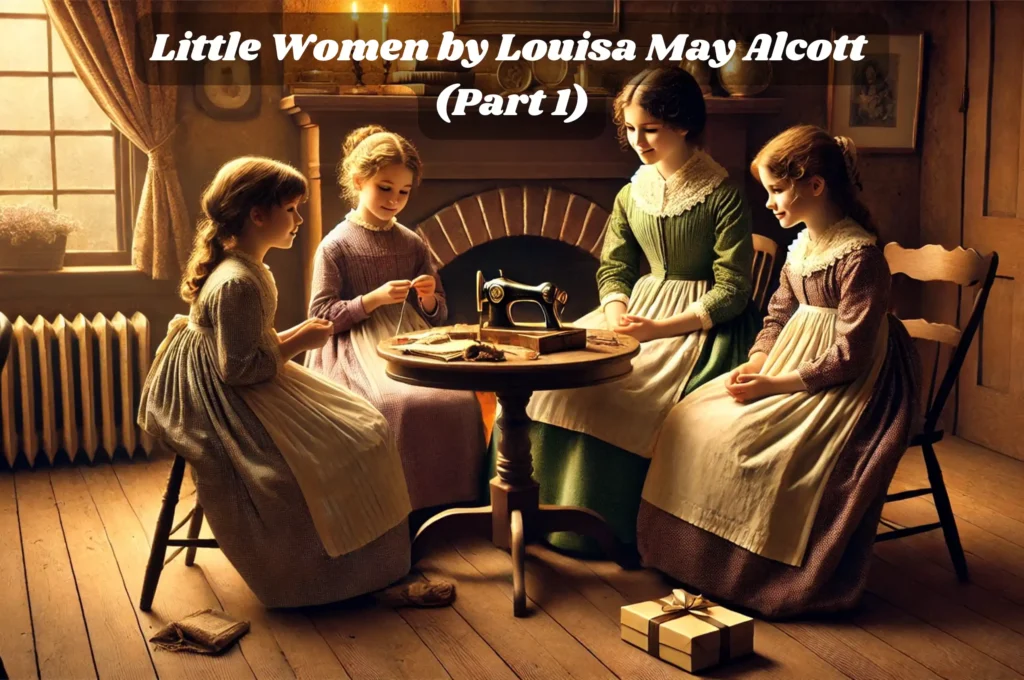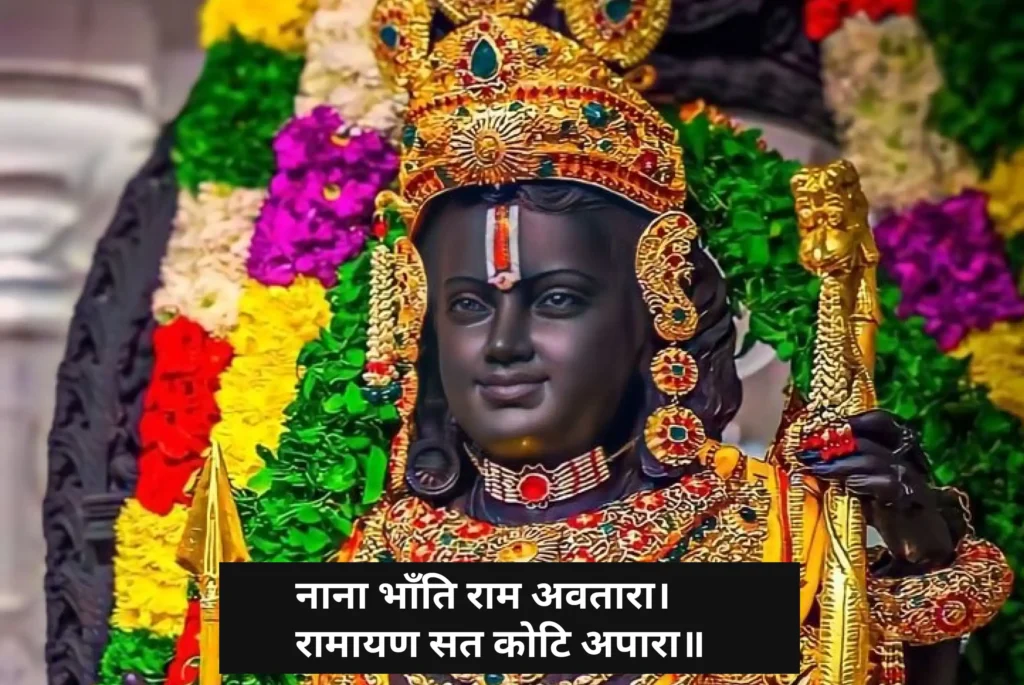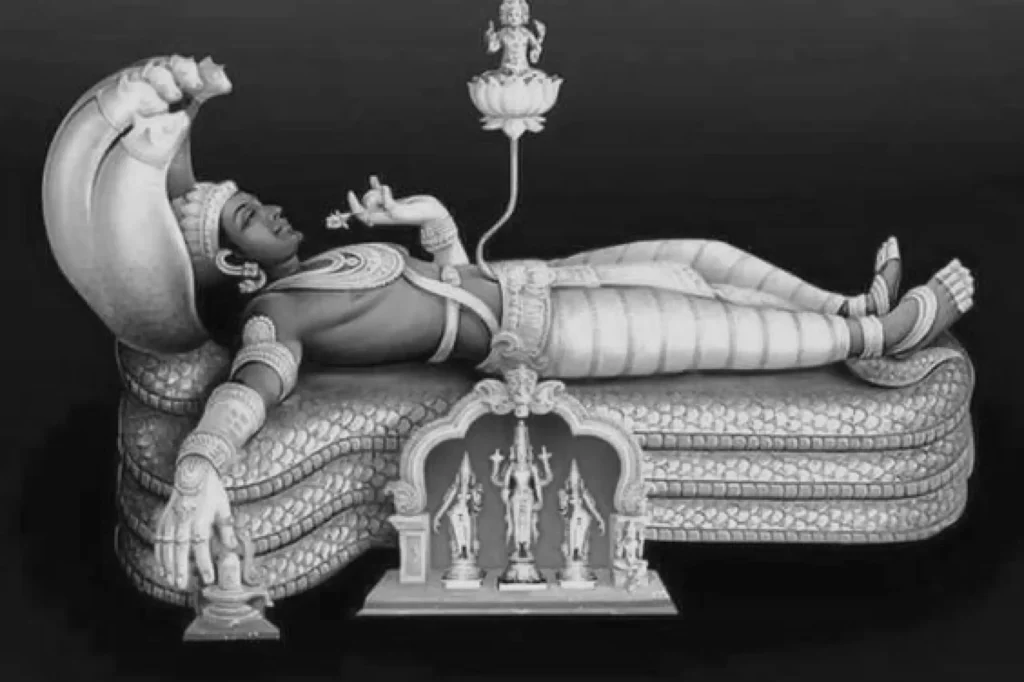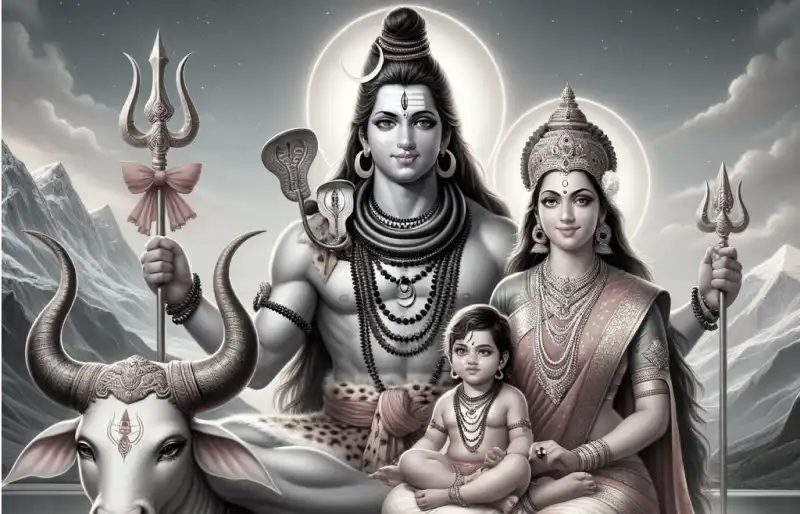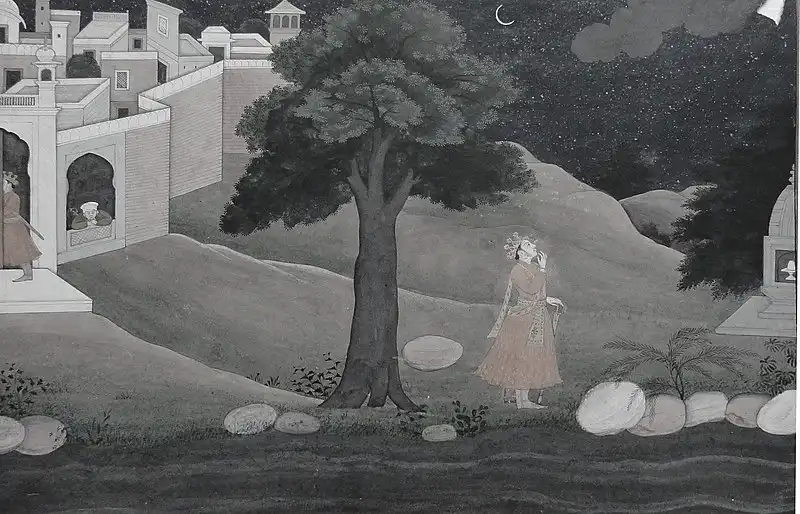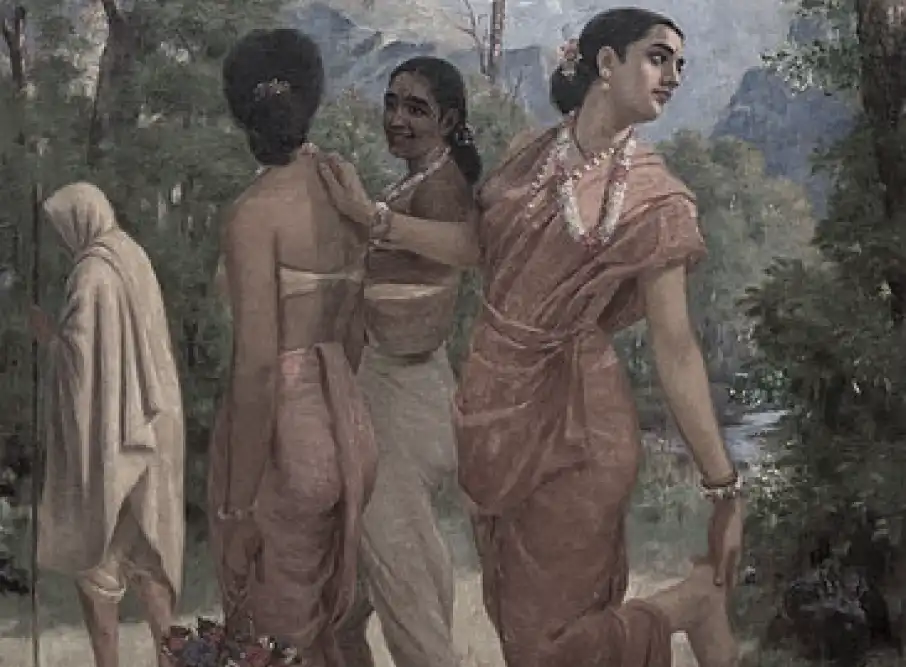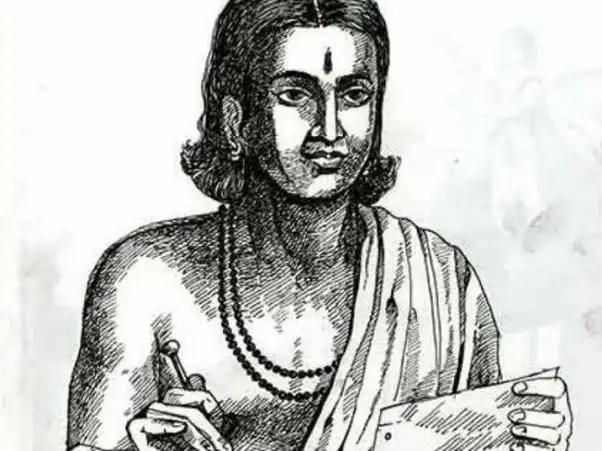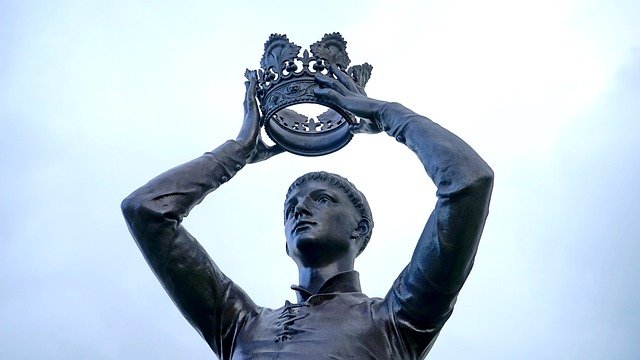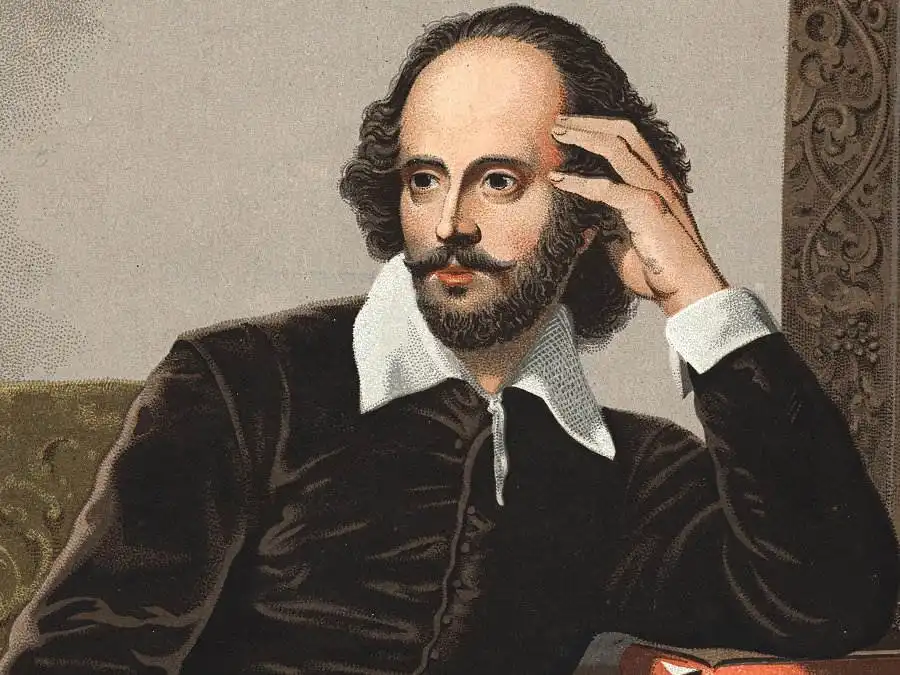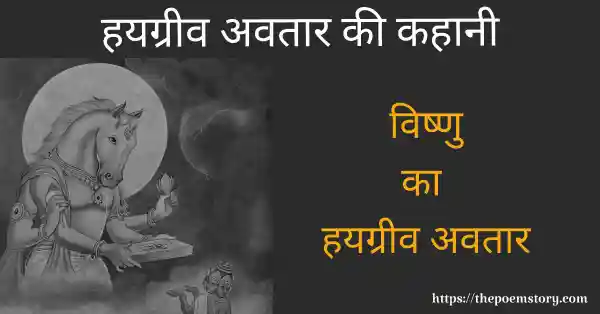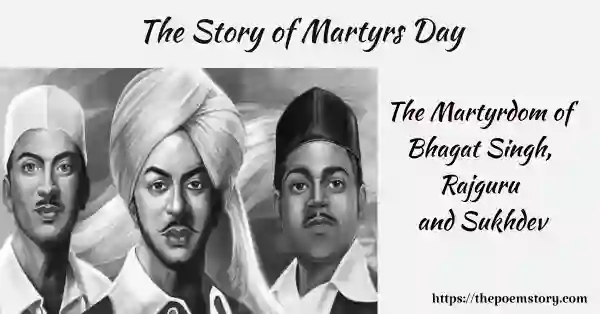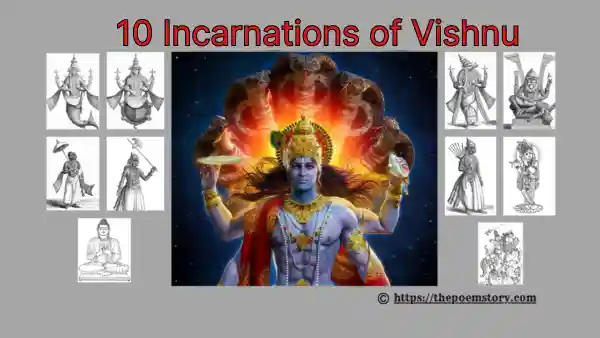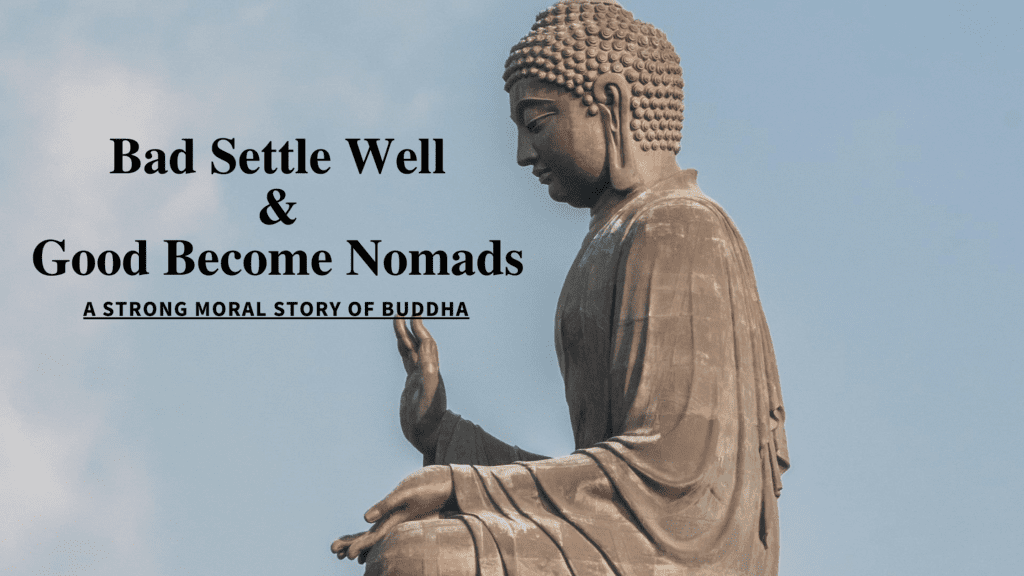Rani Lakshmi Bai is one female leader of the Indian Freedom Struggle that everybody knows. She was one of the important leaders and planners of the revolt of 1857 against British rule. She is a symbol of women’s empowerment and a respectable queen of India. Lakshmi Bai was born in a Brahmin Family on 19th November 1828 in Varanasi.
Rani Lakshmi Bai | Rani Laxmi Bai | Lakshmi Bai | Rani of Jhansi | How Rani Lakshmi Bai died | Rani Lakshmi Bai in 1857 revolt | Brave Queen of Jhansi |
Explore: Historical Stories
Table of Contents
Story of Jhansi Ki Rani
Moropant Tambe was Lakshmi Bai’s father who was a courtier and advisor to Peshwa Bajirao 2. Her mother’s name was Bhagirathi Bai, and she was a housewife. Lakshmi Bai’s childhood name was Manikarnika, and father used to call her Manu with love. Her mother died when she was 4 years old, and her father died when she was 8 years old. Her uncle took her responsibility when her parents died.
When Lakshmi Bai was 14 years old, she was married to Raja Gangadhar Rao. Gangadhar Rao was the king of Jhansi, and she got her name Lakshmi Bai after marriage. Raja Gangadhar Rao taught her martial arts, horse riding, and fighting with a sword. She knew different languages and was fluent in Hindi, Marathi, and English.
In the year 1851, when Laksmi Bai was only 28 years old, she lost her husband. Raja Gangadhar Rao died without a son and there was no heir to rule. Here we see 2 policies that were introduced by the British East India Company, Subsidiary Alliance and Doctrine of laps (will discuss in upcoming posts). They had an adopted son and as per the Doctrine of Laps, the British East India Company refused to accept his adopted son as Jhansi’s heir.
The British East India Company attempted to take the kingdom of Jhansi since there was no one to rule it. Rani Lakshmi Bai refused to submit her kingdom to the Britishers and opposed them strongly. She fought against the British East India Company.
“I will not give up my Jhansi.” (Mai Apni Jhansi Nahi Doongi) is the famous phrase that she said and when we remember her today, we remember this phrase. She played an important role in the revolt of 1857. This revolt is called the First War for Indian Independence. There were many revolts before this, however, they were small and localized in nature. The revolt of 1857 was countrywide. Almost every section of the society participated in this revolt. Rani Lakshmibai was one of the leaders in this revolt.
She fought many battles against the British forces. The important one was the re-capturing of Jhansi, which she was forced to leave after the death of her husband. It is said that she disguised herself as a man and was an expert horse rider. She had a horse named “Badal” and she fought her battles riding on this horse. Her speed and expertise in Horseriding and use of arms were used to terrify her opponents. This might be one of the reasons why the famous Hindi poet “Subhadra Kumari Chauhan” depicted her as “Khoob Ladi mardani”. [Read Khoob Ladi Mardani’s Poem with meaning]
The British East India Company had better arms and they used improvised guns and canons. This was one of the reasons that despite all brave efforts, the British forces were able to re-capture Jhansi. Lakshmibai had to move to Gwalior. However, she kept fighting the Britishers for the freedom. On June 18th, 1858 she was badly injured during a battle and she died. It was difficult for the British forces to defeat her and she fought with them for a long time. However, she was betrayed by Dulha-Ji-Rao, who was her brother-in-law and brother of Gangadhar Rao. With greed to get the kingdom of Jhansi, he went on to the British side and conspired against the queen.
Rani Lakshmibai is respected for her patriotism and courage. Her patriotism for India is an inspiration for the people. There are many novels written and movies created, however, “Khoob Ladi Mardani”[1/..] Poem by Subhadra Kumari Chauhan is the best in her praise. She remains a heroic figure for all of us.
The Fort of Jhansi
The fort of Jhansi is one of the places that you must visit. It is a famous place and is generally visited with a tour to Gwalior and Orchha. I have been to the fort of Jhansi, which was modified by the Britishers for their use. The fort of Jhansi has a different kind of impression on its visitors if they know about the Jhansi Ki Rani. If you are well aware of the valor of this brave female warrior, this will tell you the stories. Stories of bravery, stories of friendship, stories of bravery, and stories of betrayal.
As you enter through the gate of the fort, you will witness a sense of patriotism. Right after the gate, you can see the memorial of Jhalkari Bai. She was one to fight the British forces and she too is known for her valor and patriotism.
The fort of Jhansi was built by Raja Bir Singh Deo in the 17th Century. He ruled over the kingdom of Orchha. It is located on a hilltop above the city and is one of Jhansi’s most recognizable monuments.
This was the fort where Rani Lakshmibai stationed her forces and fought the British army. Today, it is surrounded by the crowd of the city, however, when you roam around the fort, you can see the large fields. This fort was significant as it was the location of many battles during the Revolt of 1857. However, this fort was ultimately captured by the British forces and Lakshmi Bai had to flee.
The fort is one of the major attractions and many tourists come here to witness the history and culture. When you visit this fort, I advise you to take a guide with you. This I recommend to everyone who visits any historical place. Because, in Historical places there are stories. Stories at every step.
There you can find the Jhansi Jail and the place where the death sentence was executed. Lakshmi Bai was the one to stop the death sentence. Moving ahead you can find the place which says that this is the place from where Lakshmibai Jumped from the fortress wall. It says “Rani Jhansi Jumped From This Place On The Horse back With Her Adopted Son”.
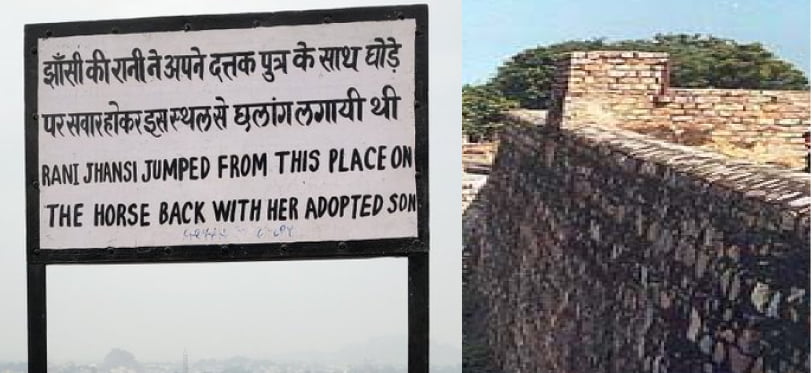
In this fort, you can see the famous canon “Kadakbijli”. Kadakbijli means the one which sounded like thunder. The canon was so loud that the person firing it would go deaf if he had to fire it many times during a battle. Isn’t it? This was a challenge for Lakshmibai as no one could fire this canon because of its loudness. The person who came with a trick was “Gaus Khan”. He placed a water tank near the canon and on every fire, he would take a dip in the water tank. This way he was not affected by the loud sound. Gaus Khan was the only person to fire the Kadakbijli canon.
There are many stories in the History of India. Keep reading.
How Rani Lakshmi Bai Died
During the 1857 revolt, Rani Lakshmi Bai fought bravely against the British forces of the East India Company. She fought very bravely, however, Jhansi was defeated and it surrendered to the British East India company in March 1858.
After Jhansi was captured by the British Army, Lakshmibai managed to escape the city with a group of loyal warriors. The main goal was to escape and gather more forces for the revolt. So, she joined forces with other leader, Tatya Tope and Rao Sahib of Gwalior.
On June 17, 1858, the rebels fought with British soldiers in the Battle of Gwalior. Rani Lakshmi Bai fought on the front lines of the war, displaying exceptional bravery and leadership. She was critically injured during the intense battle. According to historical sources, she was riding on horseback and engaged in a fight when she was hit by a bullet. Despite her injuries, she refused to give up and fought until she died.
Accounts say that after being hit by a bullet, she started fainting and started losing her senses. Then only a sword hit her, and a part of her head was severed with one eye, and she died. Her body was brought to Baba Gangdas’s Cottage by the Pathan Army of Jhansi, and hermits performed the queen’s last rituals.
Rani Lakshmi Bai in 1857 Revolt
Rani Lakshmi Bai played an important role as a leader in the Indian Revolt of 1857. She is known and respected for her bravery, and patriotism, and will oppose British control.
When the British captured Jhansi, Rani Lakshmi Bai refused to acknowledge their authority and continued to administer her kingdom autonomously. When the Indian cause erupted in 1857, Rani Lakshmi Bai banded together with other rebel leaders and expressed her support for the cause.
The people of Jhansi rose and battled heroically against the British under her guidance. Rani Lakshmi Bai armed herself and led her warriors into combat. Despite being outnumbered and facing superior firepower, she managed to repel British soldiers for several months.
Following the loss of Jhansi, Rani Lakshmi Bai continued to resist the British, commanding her men in various battles across India. Many people were inspired to join the revolt by her bravery and sacrifice, and she became a symbol of opposition to British tyranny.
The revolt of 1857 was badly supressed by the British forces, and could not achieve the goal of independence. However, the it was the first major move in the Indian freedom struggle. Rani Lakshmibai was one of the leaders of this revolt and ofcourse she was the one of the leaders to induce a sense of freedom to the people of India. The independece struggle started and finally in 1947, India got independence.
Rani Lakshmibai was indeed a hero. A female hero and inspiration for many female warriors. Subhash Chandra Bose named the female regiment of his Indian National Army as Lakshmibbai regiment. This is to pay a respect to the brave queen of Jhansi.
Summary – Brave Queen of Jhansi
This is a short article on Rani Lakshmi Bai: The Brave Queen of Jhansi. Her life was not simple even as a queen. There are many stories of her valor and courage. She is a leader and, in my opinion, the greatest female leader to inspire the generations. Sadly, the young generations do not even know about these sacrifices. We will remember her forever.
When I imagine the battle scene of the queen being hit by a bullet and her head chopped off, I feel a deep regret in my heart. Whatever that bullet was and whoever was fighting with that sword, was unaware of what they were taking from the world. However, if there were no tough times, we would have never known such a great fighter. Isn’t it? What do you think?
There were many kings in Gwalior itself, who favored Britishers, and their families are still flourishing. Their palaces are still beautiful. They could have helped the queen, but they did not. They are traitors and I have no respect for them.
Indian history is full of brave kings and queens; however, it is filled with traitors and selfish people at the same time. Behind, every failure of a brave king, there is a traitor.
Will come up with more stories on Lakshmi Bai. Please keep reading our posts.
List of Poets in Alphabetical Order
कवियों की सूची




